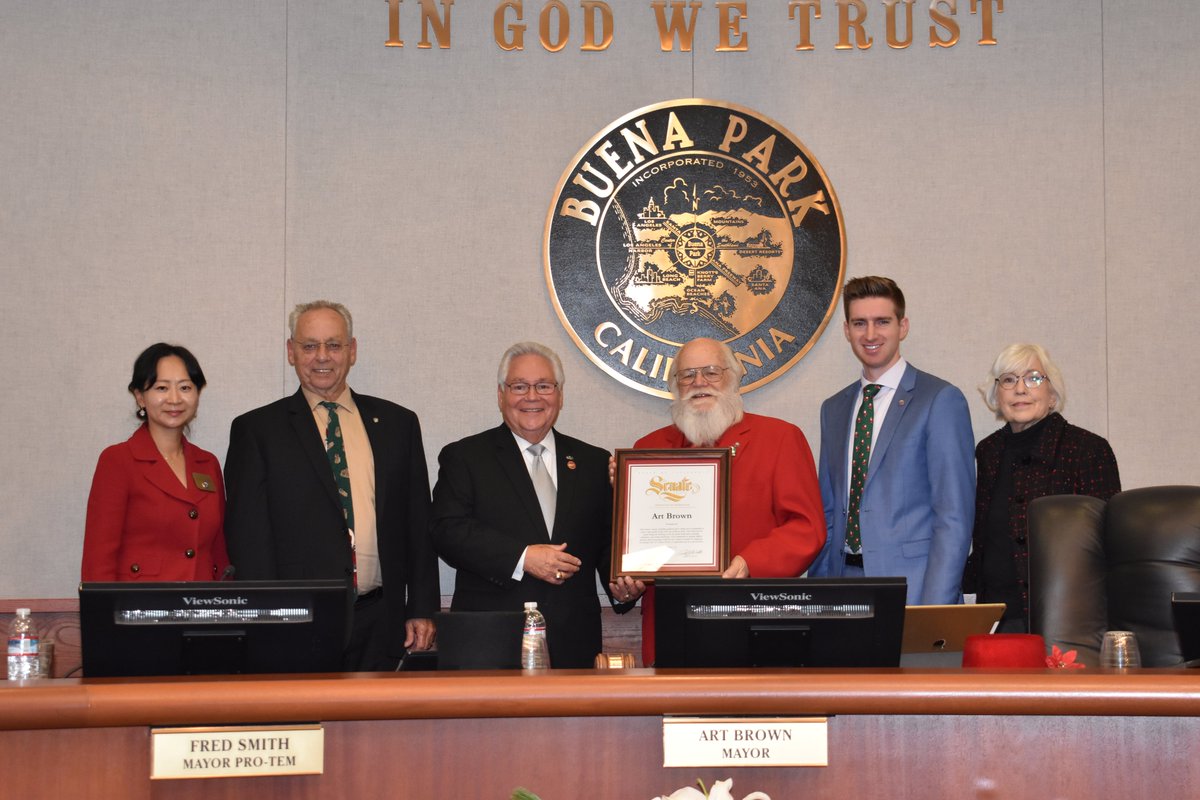By Jordan Brandman
September has arrived. It’s time for students of all ages to put bare feet back into shoes and sharpen pencils for school and learning. As a primer to get your mind going again, let’s learn something new about water.
The Inuit natives of the Arctic have 50 words for snow. They see detail that is sometimes critical to their survival and in others just wonderful and interesting. We in Orange County cannot say much about snow, but when it comes to water, we are expert and world renown. No other place on earth can claim the water management, water reuse and treatment technology development that we can. Unlike the Inuit, we do not have 50 different names for water, but we’re working on it.
Here’s a short list with descriptions of some common industry waters.
Potable water is the technical term for tap water suitable for drinking, cooking, showering and unrestricted use. That water can come from the ground or from a river or lake. In some cases, it can be purified from ocean water. This water is strictly regulated by several local, state and federal governmental agencies. Potable water is the best deal imaginable, especially when you consider it costs only 1/2000th the price of bottled water. And it is just as good for you.
Bottled water has become the most popular thirst quencher on the shelf, surpassing carbonated soft drinks in 2016 to become the largest beverage category by volume in the United States. For some, the reasons are convenience, taste, odor and/or distrust of tap water. What is in the bottle depends on where it comes from, such as spring or well, and its origin—local or imported. Bottled water is regulated like a food product, but with limited reporting requirements, unlike the strict regulations placed on water from the faucet and the results you can see in your city’s water quality report.
How about purple pipe water? It is recycled irrigation water that is treated to the California Title 22 standard, but not potable. It is distributed to golf courses and parks for irrigation. The first large-scale sewage recycling for irrigation was in Irvine and over the years it has become a standard approach to water management throughout California and other water-constrained areas around the world.
The Orange County Water District and Orange County Sanitation District have taken recycling to the next level. On the OCWD campus in Fountain Valley, 100 million gallons per day is recycled from wastewater at the Groundwater Replenishment System (GWRS) facility. This water is exceptionally pure, distilled quality level—a higher standard than that found in potable or bottled drinking water. GWRS water constitutes 30% of the water used to replenish the vast Orange County Groundwater Basin under north and central parts of the county, from which your drinking water is pumped, here in Anaheim.
The ultra-pure GWRS water is not allowed directly for drinking water. The issue is not an engineering or technology shortfall, it is simply the fact that public perception and state policy have not yet arrived at the direct reuse of wastewater on a massive scale. However, OCWD does hand out that water at regularly scheduled facility tours, so extend your learning experience and come by and take a sip to see how it tastes. You, family, friends or your class can sign up for a tour at www.ocwd.com/contact-us/book-a-tour/.
This Orange County Water District article is provided by Jordan Brandman, a council member of the city of Anaheim who represents Division 9 of OCWD (ocwd.com). Contact Director Brandman at jbrandman@anaheim.net.












[…] Read more from the original source […]